Category: Jagannāth Viṣṇu
Viṣṇu aṣṭa nāma
Viṣṇu aṣṭa nāma are the auspicious eight names of Viṣṇu for overcoming the blockages and weaknesses and passing the tests…
Sri Rudra’s Krishna Mantra
Rudra kṛta Kṛṣṇa Mantra
॥ श्रीकृष्णस्य सप्तदशाक्षरो मन्त्रः॥ || śrīkṛṣṇasya saptadaśākṣaro mantraḥ ||
श्रीगणेशाय नमः। śrīgaṇeśāya namaḥ |
महादेव उवाचः।
mahādeva uvācaḥ |
Śrī Mahādeva spoke
ॐ श्रीं नमः श्रीकृष्णाय परिपूर्णतमाय च।
मन्त्रेषु मन्त्रराजोऽयं महान् सप्तदशाक्षरः॥ १॥
om śrīṁ namaḥ śrīkṛṣṇāya paripūrṇatamāya ca |
mantreṣu mantrarājo’yaṁ mahān saptadaśākṣaraḥ || 1||
“om śrīṁ namaḥ śrīkṛṣṇāya paripūrṇatamāya etc.,” is the mantra-rāja and is a mahā 17-syllable mantra
Actually the number of syllables in “om śrīṁ namaḥ śrīkṛṣṇāya paripūrṇatamāya” are fifteen. By adding ‘svāhā’ at the end of the mantra, it converts to seventeen syllable mantra.
Sri Narasimha -Mars
Lord Narasimha symbolises the exaltation energy of Mars. He gives the power to work, brilliance, strength, tireless effort, courage, fearlessness and brahmacarya as well. People under the influence of Mars including –
1. Mars in Lagna or aspecting Lagna
2. Mars daśā
3. Mars afflicting daśā lord
4. Court case and fights
5. Troubles at work
6. Engineers and technical workers
7. Prone to accident and dangerous work
8.
Sapta Sloki Gita
Saptasloki gītā refers to seven śloka of the Bhagavat gītā considered most auspicious. These śloka map directly to seven weekday planets which related to about birth and karma. The first śloka is for the Sun, second for Moon and so on till the seventh for Saturn. One who recites these seven śloka everyday will be able to overcome major problems and will live a good life.
These seven ślokas can be written on seven pieces of paper, folded and used during a praśna chart. After praying sincerely to Krishna with dvādasākṣari mantra pick up one folded paper.
Nārāyaṇa Kavacha Part-1
In the Bhagavat Gita, Kṛṣṇa reveals His universal form (Viśvarūpa) to Arjuna which was so formidable for the great hero to even behold. Therefore, before jumping to worship Viśvarūpa, we need to see the teachings in the Śrīmad Bhagavataṁ. Bear in mind that the Viṣṇu avatāra are sustainer of things based on their specific forms.
There are at least three parts to the Nārāyaṇa Kavacha. The three principal parts are the
aṣṭākṣarī mantra ॐ नमो नारायणाय (om namo nārāyaṇāya). Aṣṭākṣarī means aṣṭa (eight) akṣara (syllable)
dvādasākṣarī mantra ॐ नमो भगवते वासुदेवाय (om namo bhagavate vāsudevāya).
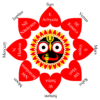
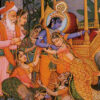
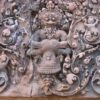
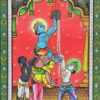
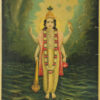
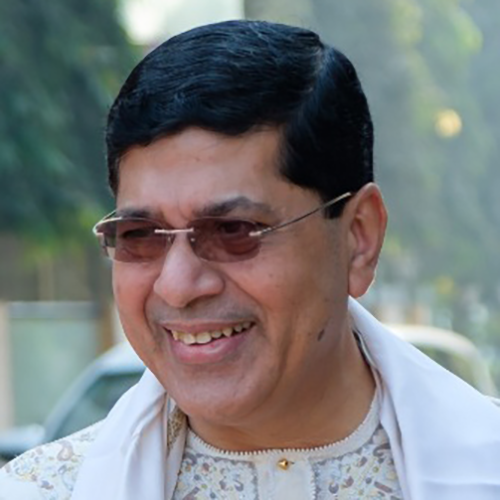
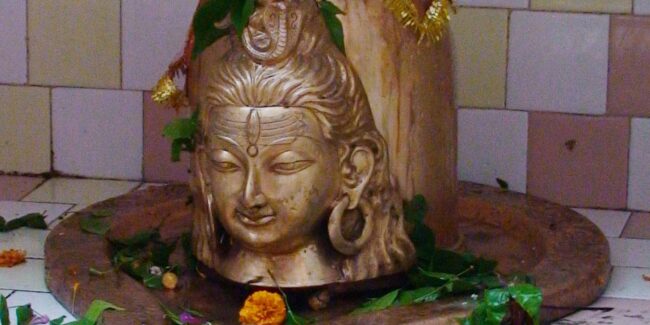
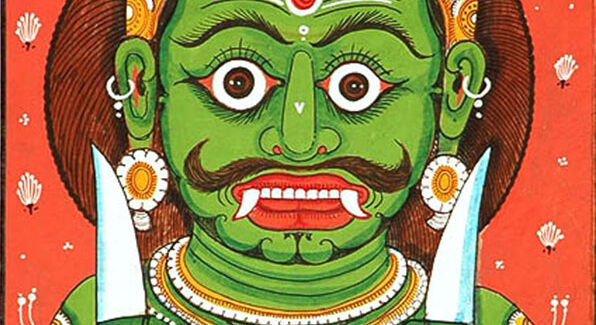
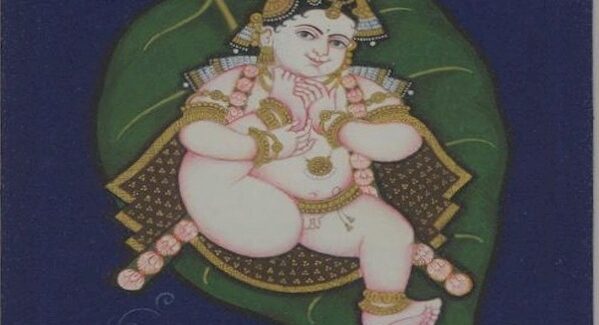

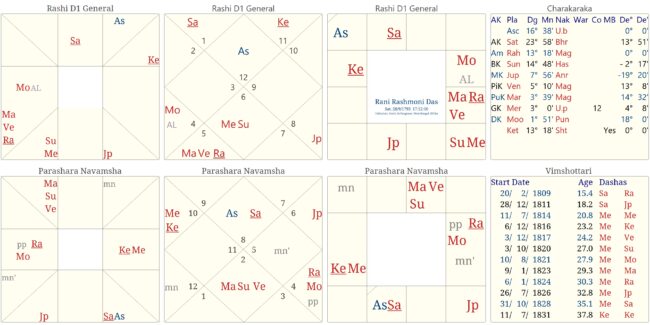
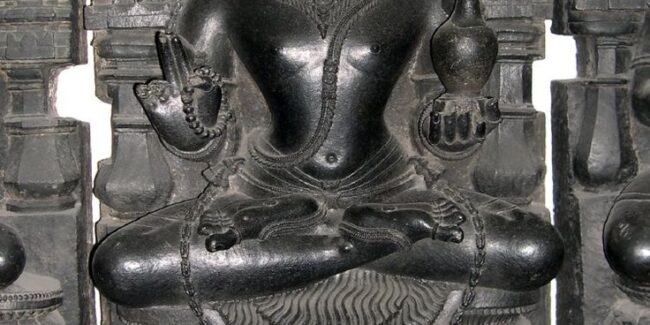
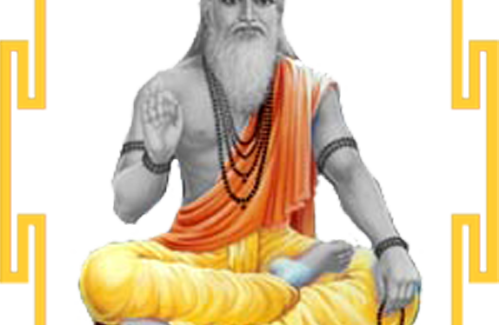
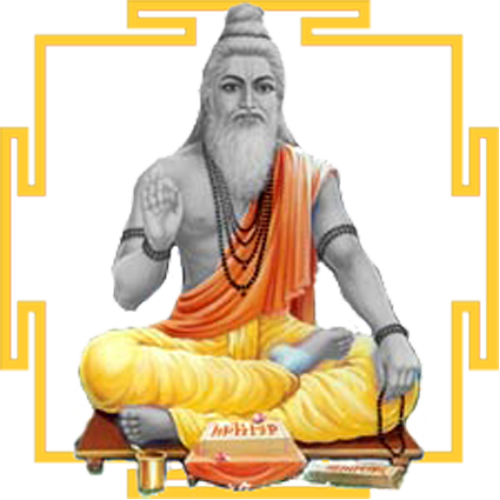 DBC offers online courses in jyotish (Vedic Astrology) taught directly by Sanjay Rath as per the tradition, through narrated power points and other audio tools. The courses are at different levels, from the beginners through the intermediate to the advanced and are known as SoHamsa | DBC courses, with individual classrooms and assistant teachers
DBC offers online courses in jyotish (Vedic Astrology) taught directly by Sanjay Rath as per the tradition, through narrated power points and other audio tools. The courses are at different levels, from the beginners through the intermediate to the advanced and are known as SoHamsa | DBC courses, with individual classrooms and assistant teachers
 Sagittarius Publications is the publisher and distributor the popular quaterly magazine the Jyotish Digest, as well as many thorough books on the subject of Vedic Astrology or Jyotish.
Sagittarius Publications is the publisher and distributor the popular quaterly magazine the Jyotish Digest, as well as many thorough books on the subject of Vedic Astrology or Jyotish. We have an excellent pandit Divākar ‘Deva’ Mishra, who is from the priests of Vindhyāvāsini Siddha Pīṭha to guide you through the hundreds of temples of Kāśi [Varanasi] and neighbouring regions. He can organise your pūjā, keep you safe and take care. He is supported by an English-speaking well-travelled spouse ‘Supriya Mishra’. Please contact them directly for any services, remedial pūjā and tours. They handled the 60+ member Kāśi Jyotiṣa Group 2022.
We have an excellent pandit Divākar ‘Deva’ Mishra, who is from the priests of Vindhyāvāsini Siddha Pīṭha to guide you through the hundreds of temples of Kāśi [Varanasi] and neighbouring regions. He can organise your pūjā, keep you safe and take care. He is supported by an English-speaking well-travelled spouse ‘Supriya Mishra’. Please contact them directly for any services, remedial pūjā and tours. They handled the 60+ member Kāśi Jyotiṣa Group 2022.